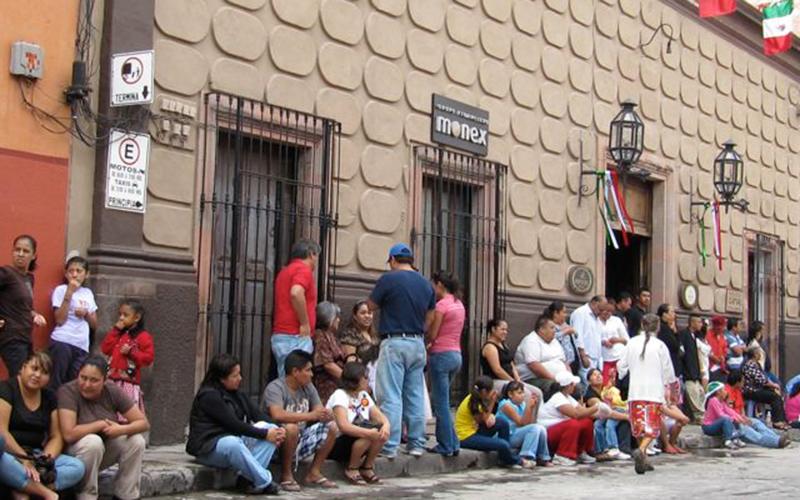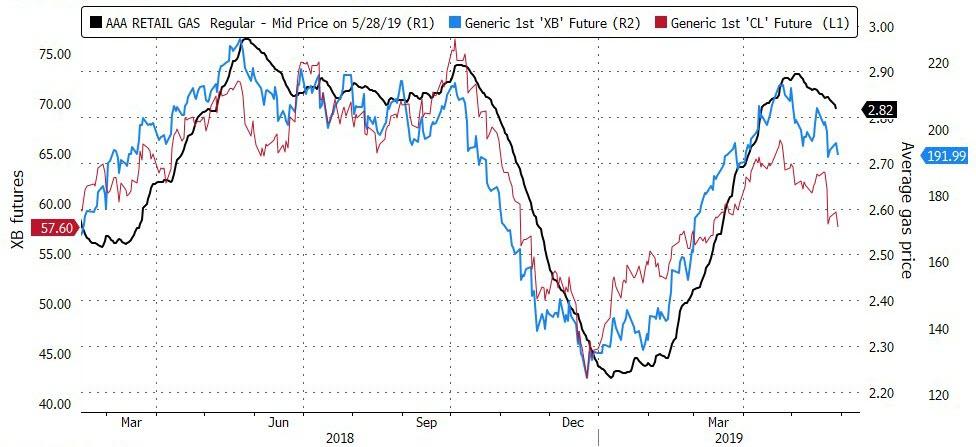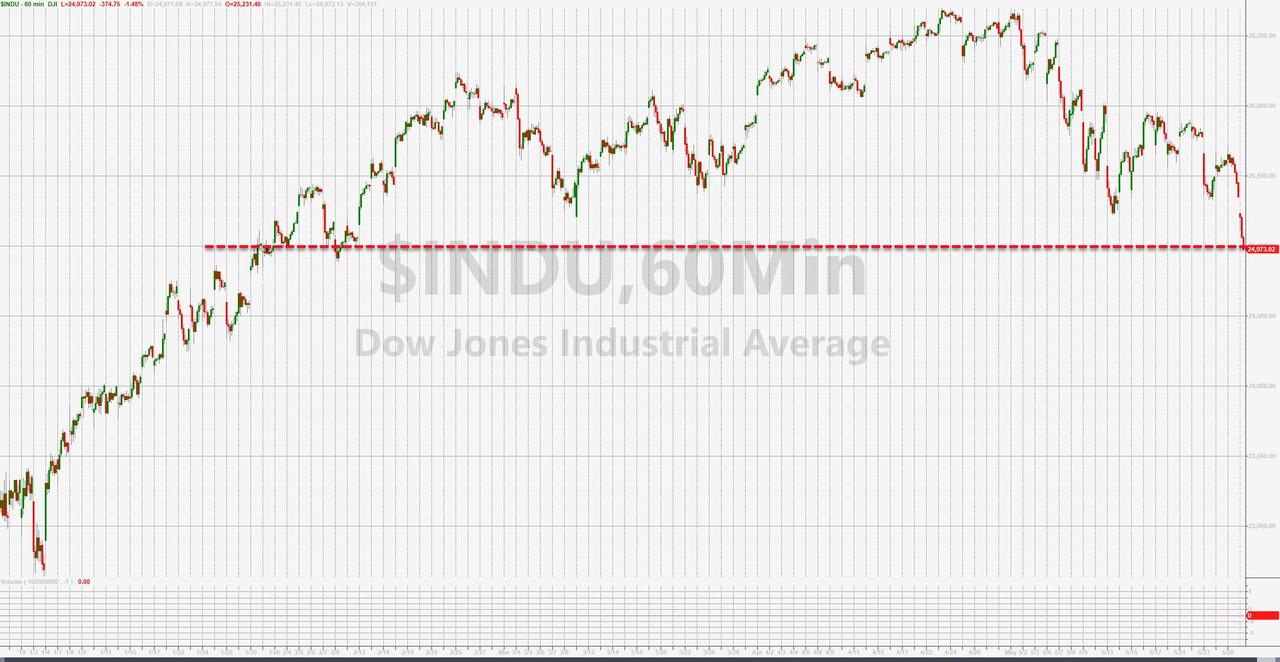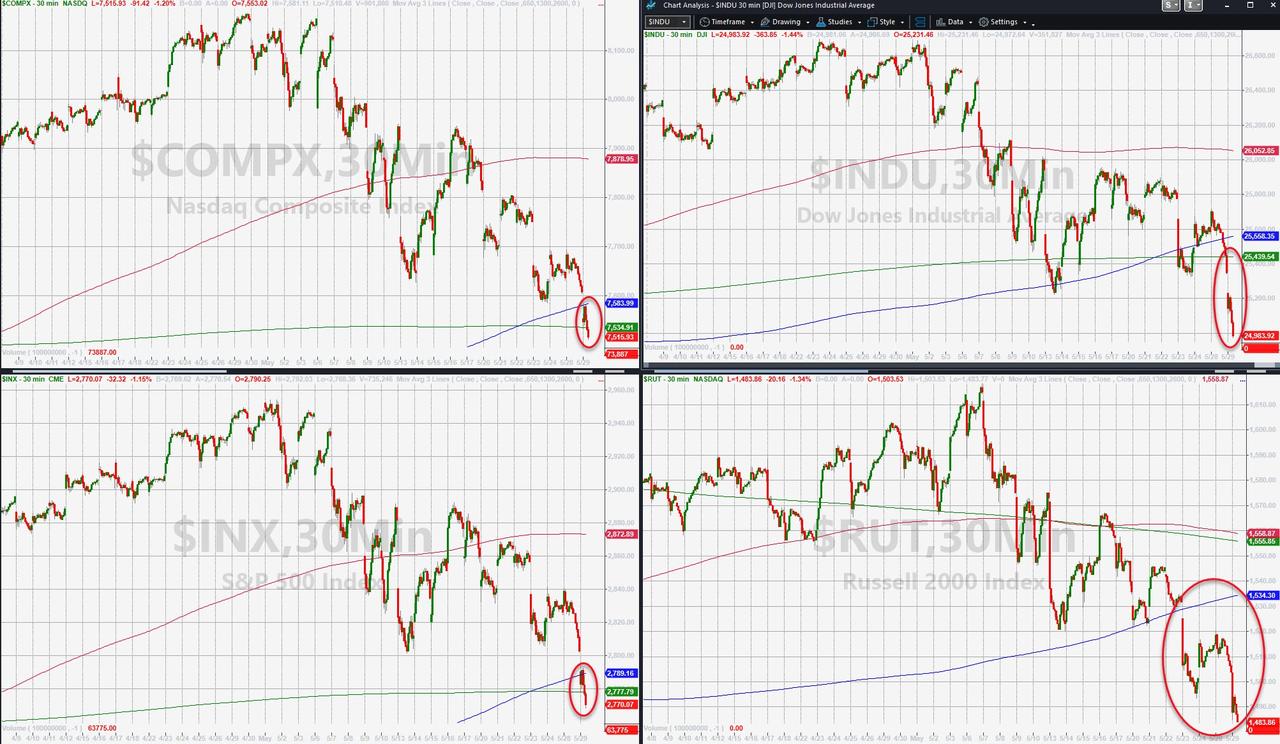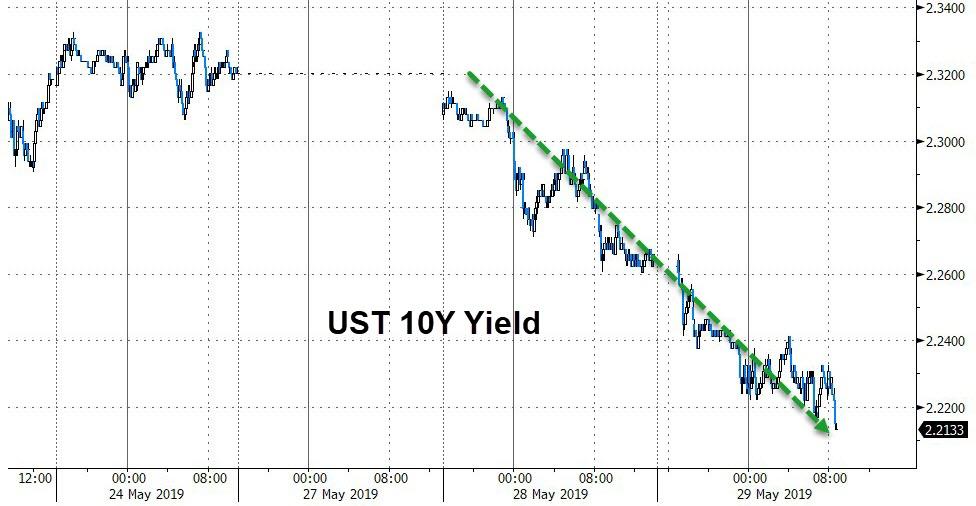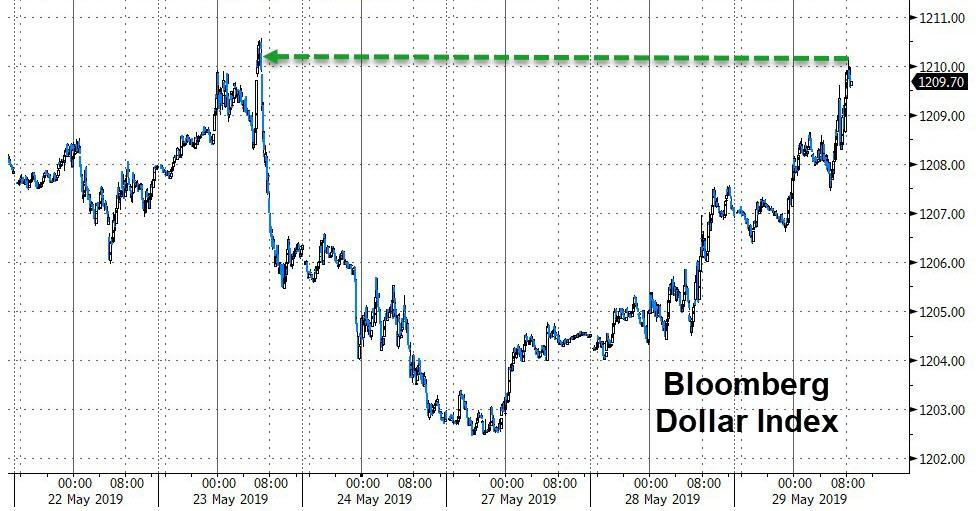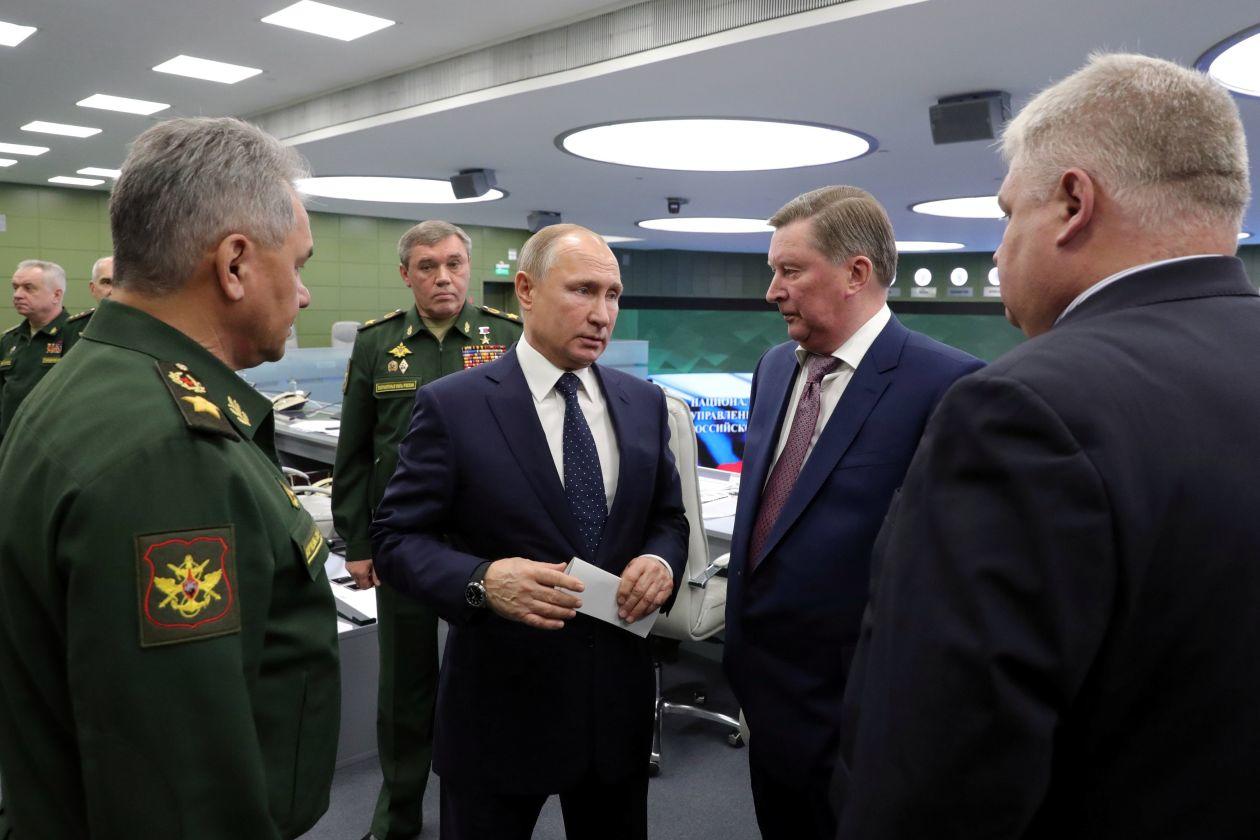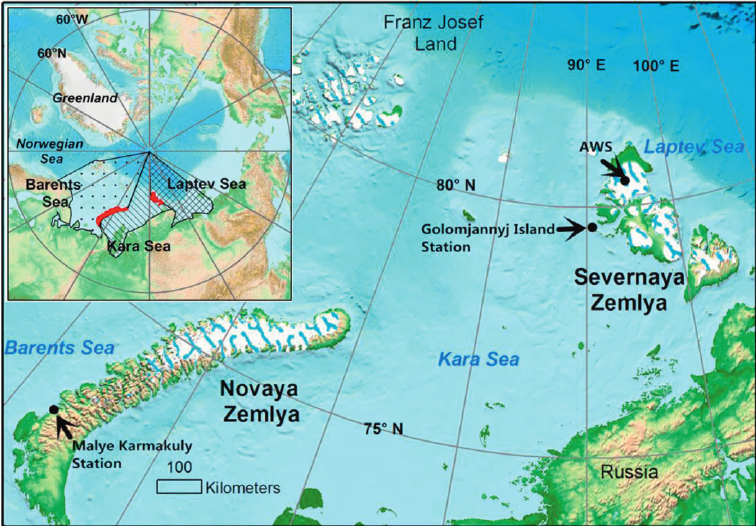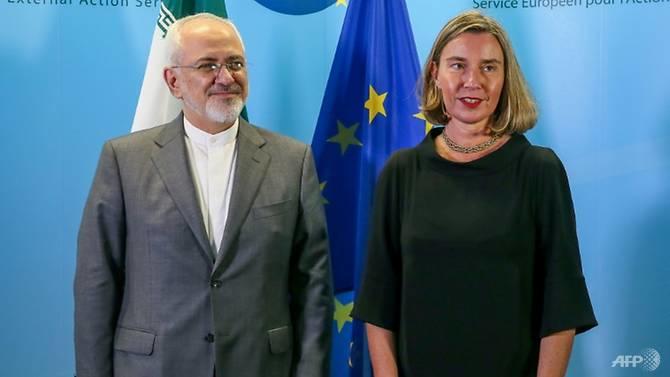In an unexpected and brief public statement, Special Counsel Robert Mueller publicly announced he was shutting down his office, resigning from his position, and retiring back to private life, making it clear that his involvement in the investigation of Russian meddling in the 2016 presidential election was over.
In a speech at the Justice Department, Mueller reiterated the conclusions of his investigation, saying, “We chose the words carefully and the report speaks for itself.” He said he did not plan to testify about the report and any testimony would not go beyond the report’s contents.
But he did want to make it very, very clear what the report actually concluded, and why it said what it said, particularly about whether President Donald Trump obstructed the effort to investigate whether any crimes had been committed.
“If we had confidence that the president had not committed a crime, we would have said so,” Mueller explained. They did not, and so the report does not actually clear the president of concerns that he obstructed the investigation. Rather, the Justice Department’s position is that the president cannot be charged with crimes while he is in office.
Because the president cannot be charged with crimes, Mueller concluded it would be unfair to accuse Trump of crimes knowing that there would not be anything like a criminal trial by which Trump could defend himself. The remedy here is political; it is up to Congress to determine whether to respond to any findings that could indicate potentially inappropriate or illegal behavior by Trump that would justify impeachment proceedings.
All of this is already in the report, and anybody who has actually read the section on obstruction can see that Mueller lays out conduct by Trump that could be seen as illegal. When the report was initially released, I was actually surprised at how clearly Mueller described obstructive behavior, particularly when Trump fired FBI Director James Comey as well as Trump’s several attempts to shut down or limit the special investigation. If Mueller’s hands were not tied by the nature of Trump’s position, it seems very, very clear that there would have been a recommendation for charges. Mueller wants to make it understood that there are specific legal reasons why he did not accuse Trump of obstruction, not because he believes Trump is innocent.
This section of the report has been animating Michigan Rep. Justin Amash’s public calls for consideration of impeachment proceedings against Trump. He got the message again today:
The ball is in our court, Congress. https://t.co/idpQo1xItH
— Justin Amash (@justinamash) May 29, 2019
Beyond that refresher of the contents of the report, Mueller also took the opportunity to remind us that the report is very firm that Russian interests did attempt to interfere with the results of the 2016 election. The report reminds us there have been several indictments of Russian nationals for hacking the Democratic National Committee and Hillary Clinton’s campaign and another set of indictments of Russians accused of conspiracy, wire fraud, and identity theft in various campaigns to manipulate public opinion.
“The indictments allege, and the other activities in our report describe, efforts to interfere in our political system,” Mueller said. “They needed to be investigated and understood. And that is among the reasons why the Department of Justice established our office.”
As in the report, Mueller treated those indictments as something completely separate from Trump’s behavior and did not suggest that Trump or members of his campaign played any role in that Russian meddling.
Trump tweeted his own response, one that misunderstands just about everything Mueller said:
Nothing changes from the Mueller Report. There was insufficient evidence and therefore, in our Country, a person is innocent. The case is closed! Thank you.
— Donald J. Trump (@realDonaldTrump) May 29, 2019
Here’s the White House’s official response via Press Secretary Sarah Huckabee Sanders:
“The Special Counsel has completed the investigation, closed his office, and has closed the case. Mr. Mueller explicitly said that he has nothing to add beyond the report, and therefore, does not plan to testify before Congress. The report was clear—there was no collusion, no conspiracy—and the Department of Justice confirmed there was no obstruction. Special Counsel Mueller also stated that Attorney General Barr acted in good faith in his handling of the report. After two years, the Special Counsel is moving on with his life, and everyone else should do the same.”
Read Mueller’s statement for yourself here.
from Latest – Reason.com http://bit.ly/30PQofU
via IFTTT

